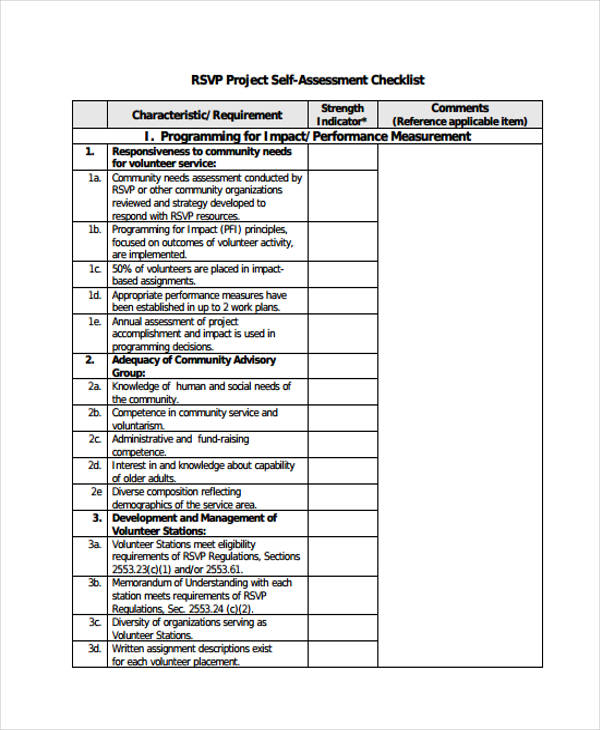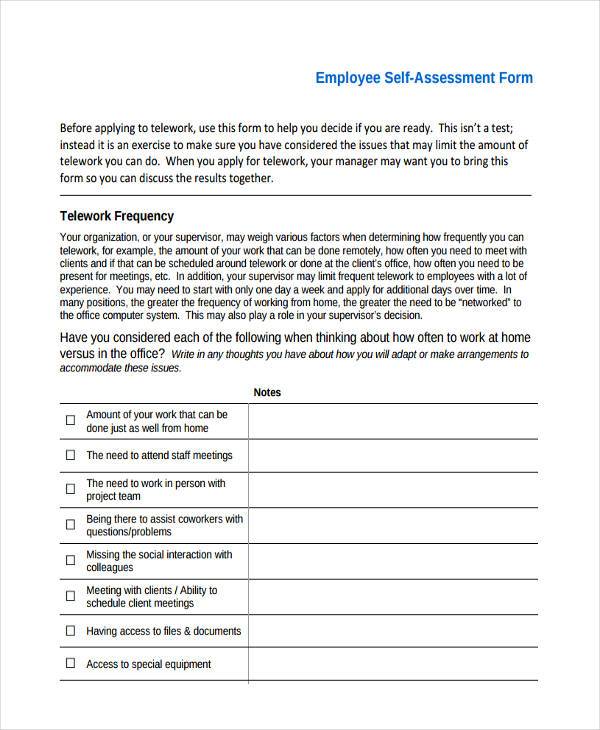

Indicator 2-Use of Data: Evidence of instructional decisions based on data from formative assessments, effective differentiation based on assessments, use of district, school or grade level formative assessments to inform planning, evidence of adjustments in planning based on assessments.Indicator 1-Professional Growth and Learning: Educator self-reflection observation forms or other evidence of self-reflection, active participation in post conferences, incorporating feedback into lessons in a timely fashion, evidence of growth across observations throughout the year.


This included changes to Evaluation Rule.
#Tagr self assessment series#
Recently Added Statue, Rule, and Policy Guidanceĭuring a special called meeting on April 9, 2020, the state board of education passed a series of emergency rules to address disruptions caused by COVID-19. Best Practices for Implementing TEAM Processes in a Distance Learning Environment: Frequently Asked QuestionsĮach document is designed to support high-quality feedback and coaching for teachers in a virtual learning setting by building upon the strong foundation of the TEAM rubric in which observers are already grounded.Best Practices for Implementing TEAM Processes in a Distance Learning Environment: Educator Strategies and Additional Observer Questions.Best Practices for Implementing TEAM Processes in a Distance Learning Environment: Pre-Conferences, Observations, and Post-Conferences.These documents, developed with feedback from practitioners across the state, include: The distance learning best practices suite includes a trio of documents designed to support teachers and observers as they implement TEAM in a distance learning environment. Educators were instrumental in the design of TEAM and will continue to have a hand in refining the system in the months and years ahead. Like the reflective practices the TEAM observation system promotes for educators, the Tennessee Department of Education is committed to reflecting on and refining the observation system through feedback loops and careful study over time. Ultimately, growth in a teacher’s skills leads to growth in student achievement. By using observations and data together, TEAM allows teachers and school leaders to have an ongoing dialogue about how what happens in the classroom impacts student performance.

A complete picture of what goes on in the classroom is essential to driving educator improvement therefore, we want to look at how teachers deliver instruction and what students learn from those lessons. The goal of the TEAM evaluation process is to provide educators with a model that helps them continuously improve their practice. Teachers are the most important factor influencing student success.


 0 kommentar(er)
0 kommentar(er)
